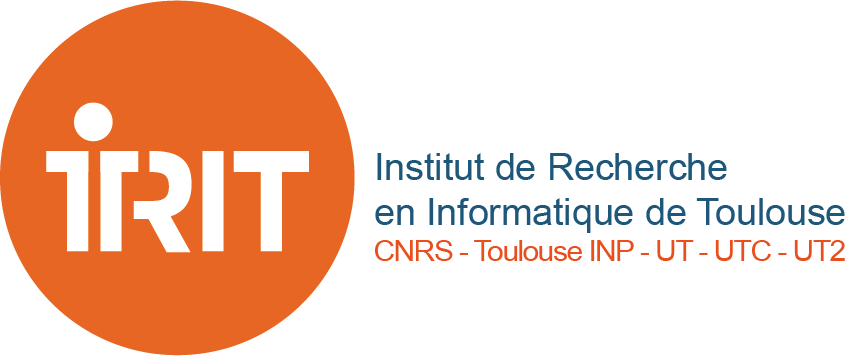Emergence of Nestedness in the Public Internet Peering Ecosystem
Résumé
Nestedness is a property of bipartite complex networks that has been shown to characterize the peculiar structure of biological and economical networks.
Emergence of nestedness is commonly due to two different schemes: i) mutualistic behavior of nodes, where nodes of each class have an advantage in associating with each other, such as plant pollination or seed dispersal networks; ii) geographic distribution of species, captured in a so-called biogeographic network where species represent one class and geographical areas the other one.
Motivated by analogies with biological networks, we study the nestedness property of the public Internet peering ecosystem, an important part of the Internet where autonomous systems (ASes) exchange traffic at Internet eXchange Points (IXPs).
We propose two representations of this ecosystem using a bipartite graph derived from PeeringDB data.
We statistically confirm the nestedness property of both graphs, which has never been observed before in Internet topology data. From this unique observation, we show that we can use node metrics to extract new key ASes and make efficient prediction of newly created links over a two-year period.
Mots clés
Peering ecosystem
Nestedness
Link prediction
CCS Concepts: Computing methodologies → Model development and analysis • Networks → Public Internet Topology analysis and generation internet topology
nestedness
public peering
CCS Concepts:
Computing methodologies → Model development and analysis
• Networks → Public Internet
Topology analysis and generation internet topology
Domaines
Informatique [cs]| Origine | Fichiers produits par l'(les) auteur(s) |
|---|---|
| licence |





